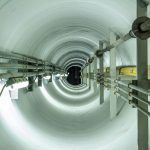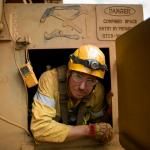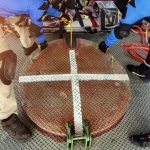
Confined Space Training: 4 Essentials for Constant Vigilance
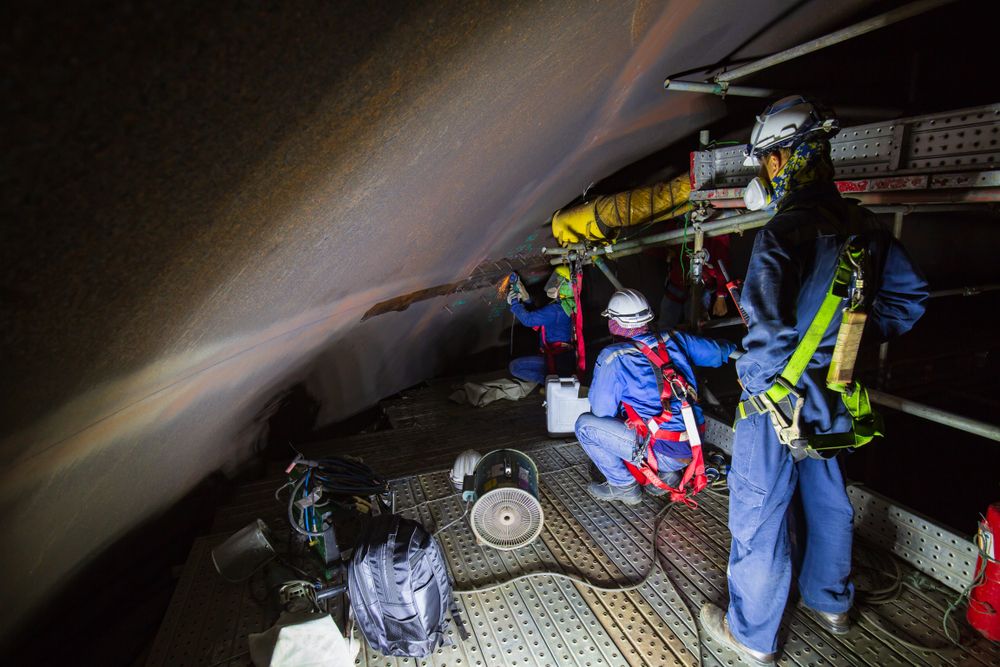
Workers who have to carry out their duties in confined spaces face numerous hazards every day.
Mitigating hazards associated with working in confined spaces is a major concern for employers.
Four (4) essentials play key roles in ensuring employees enter, operate and exit a confined space without injuries or fatalities. Ample training on these essentials will keep your employees safe whenever they work in closed spaces.
1. Exit Assessment
It is important for workers to assess their exit from a confined space first before planning entry into closed areas.
Employers have to assess the possibility of workers exiting confined spaces without assistance. Also, it is essential to consider the following:
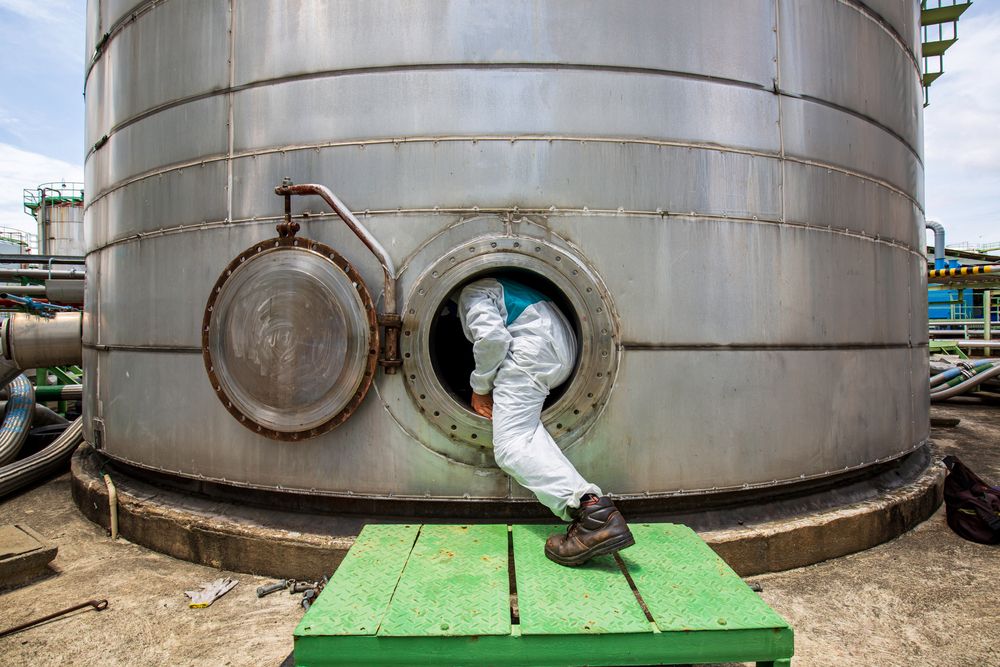 Assess if equipment to be used in confined spaces makes mobility difficult
Assess if equipment to be used in confined spaces makes mobility difficult- Consider if equipment may stifle free movement in the event of an injury
- Provide adequate emergency evacuation training for your staff to act accordingly if an employee is trapped in a confined space
- Station an employee nearby for easier communication with other staff working in a confined space
Employers need to assess how easy exiting a confined space is and how employees should navigate such environments.
2. Entry assessment
Assessing entry ease into a confined space is essential for worker safety and injury prevention.
Before entering any closed space, workers have to confirm if fans or electrically charged machines are located in the workspace.
These have to be disabled in a way where they cannot be put on until the work is complete.
3. Obtaining air samples
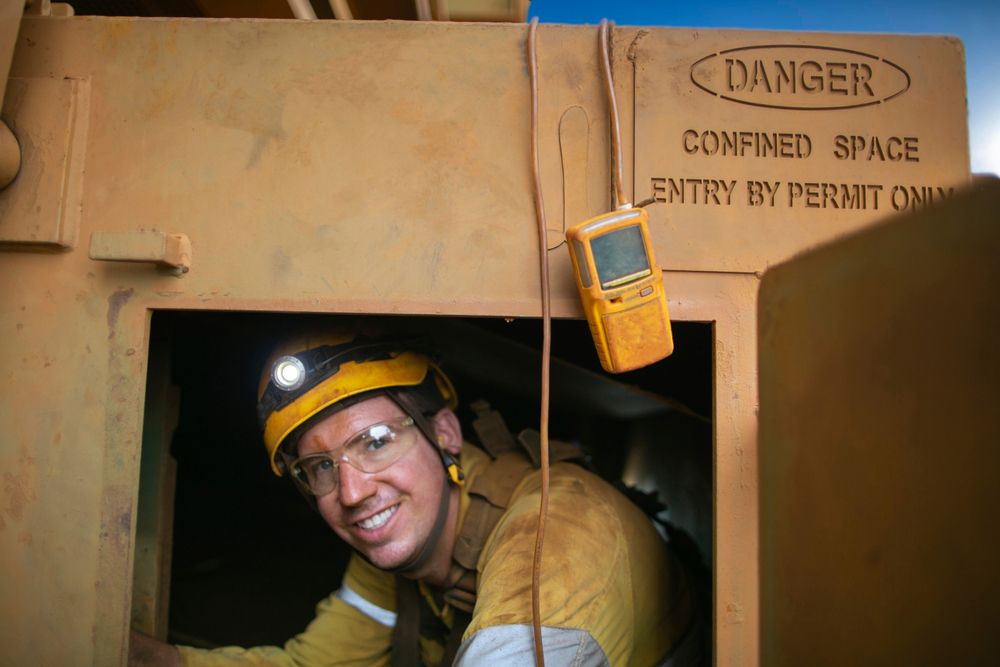 Being aware of potentially dangerous gases is a must-have for workers entering confined spaces.
Being aware of potentially dangerous gases is a must-have for workers entering confined spaces.
With a multi-gas detector, it is more comfortable for employees to detect if breathing may be difficult in such locations.
Harmful gases like carbon monoxide, hydrogen sulphide, or explosive substances are easily detectable with gas monitors.
With such devices, workers in closed spaces can also monitor the air pressure at all times.
4. Operation assessment
Pedestrian safety (and that of all bystanders) during operations in closed spaces is not negotiable.
Employers have to make necessary equipment and training available to help workers remain safe while in confined spaces.
 For example, a high-visibility safety barrier could make it easy to detect if an employee is in a confined space.
For example, a high-visibility safety barrier could make it easy to detect if an employee is in a confined space.
Also, it is essential for employees to have proper training on how to navigate closed spaces during operation. Besides detecting harmful gases, monitors come in handy to provide constant assessment of the air quality in closed spaces.
Advanced Consulting and Training – Your Number One Choice for Professional Health and Safety Solutions
Advanced Consulting & Training provides professional services to businesses in Ontario and across Canada.
With our expert services, it becomes easier for businesses to ensure safety of their workers stationed in confined spaces.
Contact us today, and a professional team will be in touch, guiding you through the entire confined space training process.


